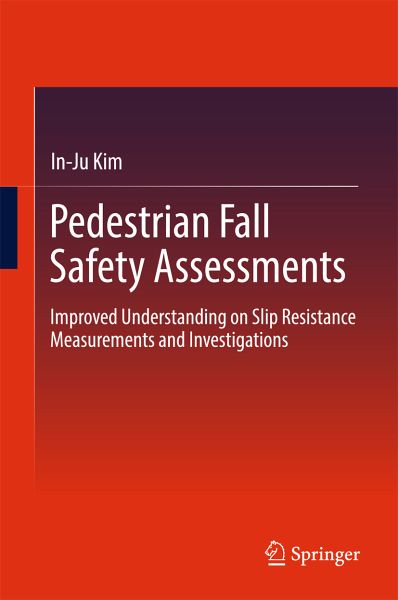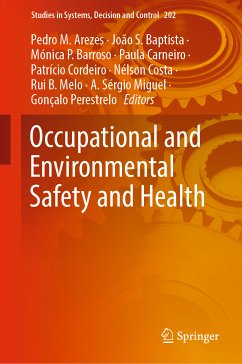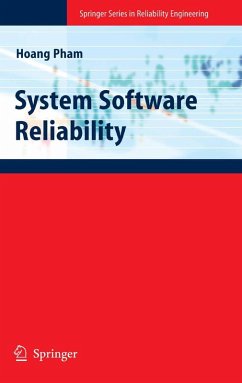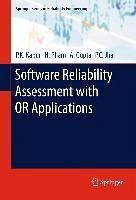
Pedestrian Fall Safety Assessments (eBook, PDF)
Improved Understanding on Slip Resistance Measurements and Investigations
Versandkostenfrei!
Sofort per Download lieferbar
72,95 €
inkl. MwSt.
Weitere Ausgaben:

PAYBACK Punkte
36 °P sammeln!
This book examines pedestrian shoe-floor slip resistance from an engineering standpoint in order to better understand friction and wear behavior. This analysis includes an extensive investigation into the surface properties of shoes and flow, and the measurement of dynamic friction and other mechanical and physical aspects of shoe-floor tribology. Lastly, the book proposes a measurement concept for the identification and classification of operational floor surfaces under a range of different conditions.Novel techniques and methods are proposed that can improve the reliability of slip resistanc...
This book examines pedestrian shoe-floor slip resistance from an engineering standpoint in order to better understand friction and wear behavior. This analysis includes an extensive investigation into the surface properties of shoes and flow, and the measurement of dynamic friction and other mechanical and physical aspects of shoe-floor tribology. Lastly, the book proposes a measurement concept for the identification and classification of operational floor surfaces under a range of different conditions.
Novel techniques and methods are proposed that can improve the reliability of slip resistance assessments. The current state of knowledge is critically examined and discussed from a tribological perspective, including aspects like friction, wear, lubrication and the mechanical behavior of shoes, floors and their wider environment. Further, the book reports on extensive experimental investigations into the topographical characteristics of shoe and floor surfaces and how they affect slip resistance.
Slips resulting in pedestrian falls are a major cause of injuries and deaths for all age groups. This important book provides essential insights for researchers, practicing engineers and public safety officials wishing to learn about how the risk of pedestrian slips can be assessed and understood.
Novel techniques and methods are proposed that can improve the reliability of slip resistance assessments. The current state of knowledge is critically examined and discussed from a tribological perspective, including aspects like friction, wear, lubrication and the mechanical behavior of shoes, floors and their wider environment. Further, the book reports on extensive experimental investigations into the topographical characteristics of shoe and floor surfaces and how they affect slip resistance.
Slips resulting in pedestrian falls are a major cause of injuries and deaths for all age groups. This important book provides essential insights for researchers, practicing engineers and public safety officials wishing to learn about how the risk of pedestrian slips can be assessed and understood.
Dieser Download kann aus rechtlichen Gründen nur mit Rechnungsadresse in A, B, BG, CY, CZ, D, DK, EW, E, FIN, F, GR, HR, H, IRL, I, LT, L, LR, M, NL, PL, P, R, S, SLO, SK ausgeliefert werden.
Alle Preise in Euro und inkl. der gesetzl. MwSt. | Innerhalb Deutschlands liefern wir preisgebundene Bücher versandkostenfrei. Weitere Informationen: bitte hier klicken
Support
Bitte wähle dein Anliegen aus:
Rechnungen
Bestellstatus
Retourenschein
Storno












